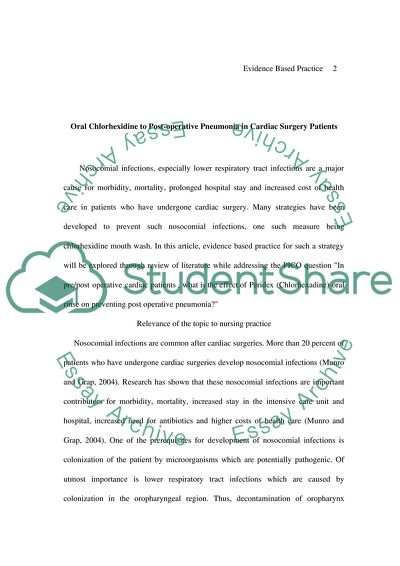Cite this document
(Oral Chlorhexidine to Post-operative Pneumonia in Cardiac Surgery Article, n.d.)
Oral Chlorhexidine to Post-operative Pneumonia in Cardiac Surgery Article. https://studentshare.org/nursing/1729898-nursing
Oral Chlorhexidine to Post-operative Pneumonia in Cardiac Surgery Article. https://studentshare.org/nursing/1729898-nursing
(Oral Chlorhexidine to Post-Operative Pneumonia in Cardiac Surgery Article)
Oral Chlorhexidine to Post-Operative Pneumonia in Cardiac Surgery Article. https://studentshare.org/nursing/1729898-nursing.
Oral Chlorhexidine to Post-Operative Pneumonia in Cardiac Surgery Article. https://studentshare.org/nursing/1729898-nursing.
“Oral Chlorhexidine to Post-Operative Pneumonia in Cardiac Surgery Article”. https://studentshare.org/nursing/1729898-nursing.


